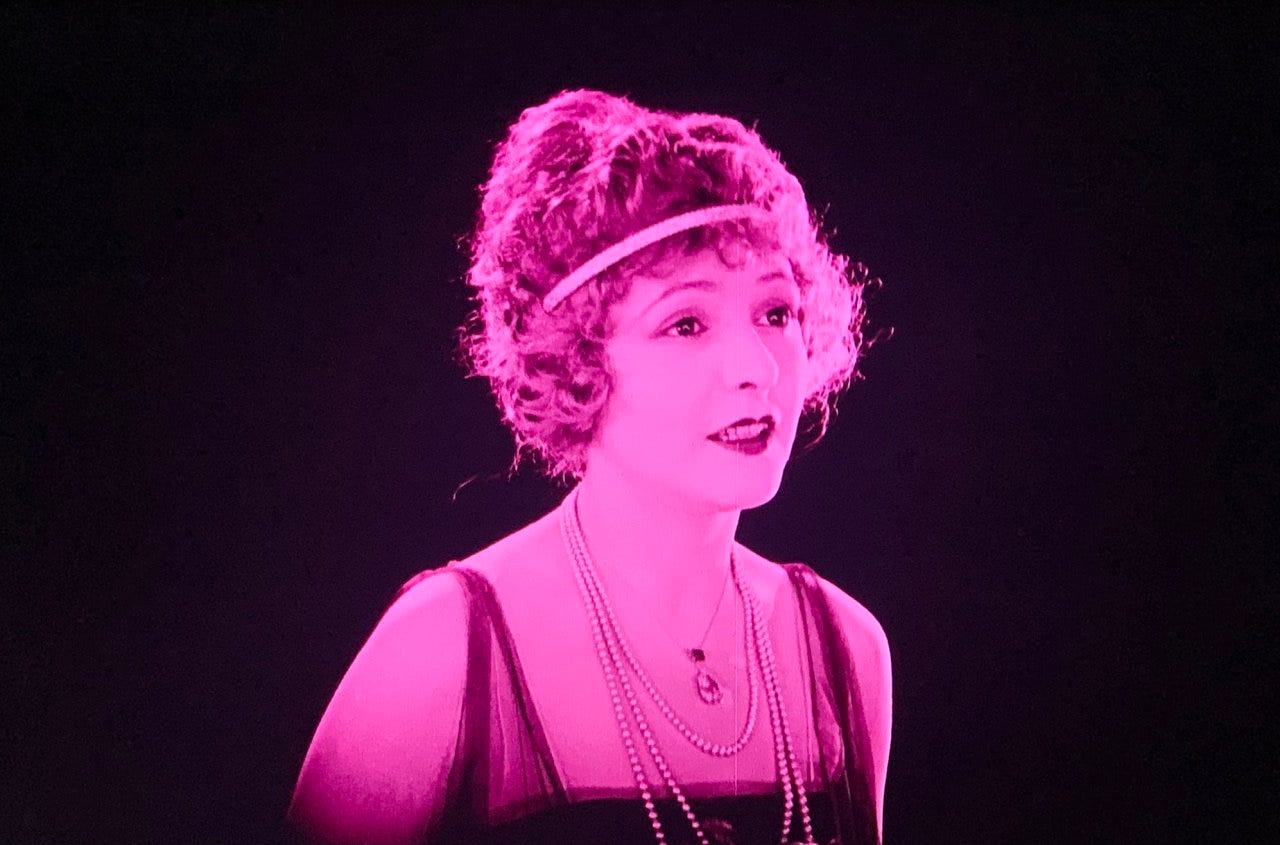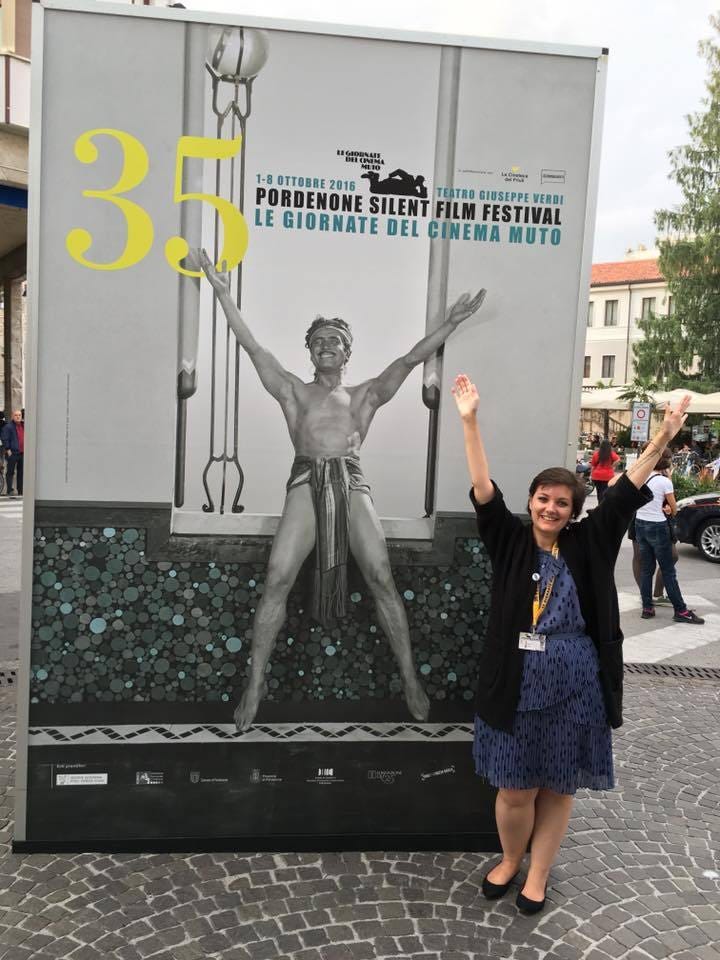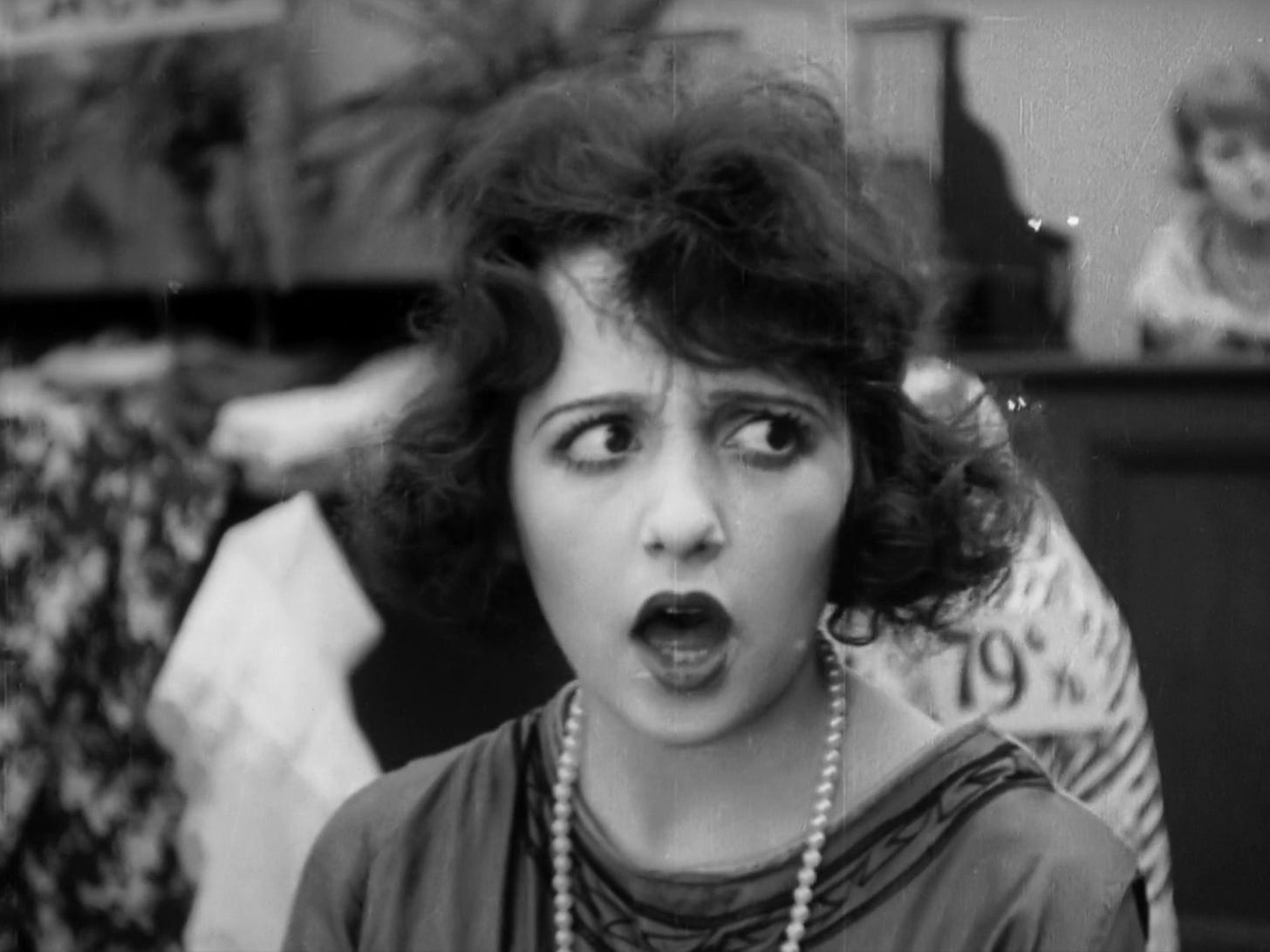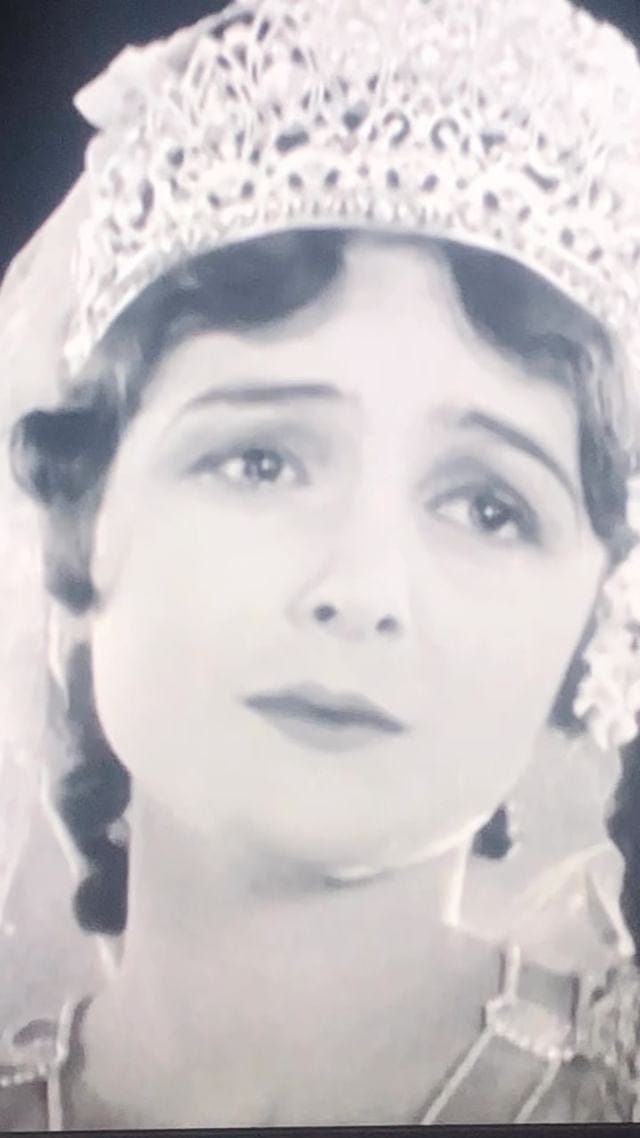We Had Faces Then.
Or, How I Fell In Love With Silent Cinema
My love for silent film grew slow, but very steady. Like a lot of people my first silent film was Fritz Lang’s Metropolis (1927). I still remember my dad’s face sometime in the early-90s when he found the film on VHS at some video store in the San Fernando Valley where we were visiting relatives. He could hardly wait for us to get home so he could show it to us. Even on that less than ideal format I remember being entranced by the imagery. I didn’t seek out many more silent films though until I went to college at Berkeley. During welcome week my freshman year they had a free screening of Nosferatu (1922) at the Pacific Film Archive with a live accompaniment. It ruled. Later, I was lucky enough to live near the PFA and saw a handful of Chaplin and Buster Keaton films there over the years.

When I moved home during the recession, I got really obsessed with TCM and watched Silent Sunday Nights every week. I also remember catching a ton of films from the 1910s when they aired their documentary Moguls and Movie Stars in the autumn of 2010. The following year I moved back to the Bay Area for grad school. I was doing a little unpaid writing about classic film for a site back then that had a large enough readership I was able to get press credentials for a handful of film festivals. This included a couple years at the San Francisco Silent Film Festival. This is where I fell incredibly hard.
This festival completely expanded my idea of what a silent film could be. It pushed me beyond canonical classics and slapstick comedies. It introduced me to filmmakers like Lois Weber and her film Shoes (1916). It’s how I first saw silent films from countries beyond the U.S. and Germany, like Sun Yu’s Little Toys (1933). It introduced me to silent documentaries like Herbert G. Ponting’s The Great White Silence (1924). It was also the first place I saw a silent film with live accompaniment that wasn’t just an organ or a piano. After watching silent films from morning to night for several days in a row that first year, I swear by the end of this festival I was dreaming in intertitles.

After that first festival, I also discovered what a great resource YouTube is for watching things like Louis Feuillade’s Les Vampires (1915-1916) or the early cinema of Georges Méliès. In the Spring of 2012, SFSFF co-sponsored a screening at the Paramount Theatre in Oakland of Kevin Brownlow's 5-1/2 hour restoration Abel Gance's epic Napoleon (1927) with a new score by Carl Davis played by the Oakland-East Bay Symphony. A friend flew up from L.A. for the weekend to attend this with me. It was truly a once in a lifetime experience. They had installed special 80 foot panels on either side of the screen to project the finale as Gance had envisioned it — a triptych of imagery that is more impressive than almost anything you’ll see on IMAX today.
Around this same time a friend of mine used to send me silent film discs in the mail to watch. We’re no longer friends (it’s a long story), but I’ll always be grateful for him sending me films featuring Roscoe Arbuckle and Mabel Normand and Ronald Colman and Constance Talmadge, German horror films, and much more. The thing about silent film fans is they are always grateful when they meet someone else who loves the era just as much as they do. They want to share everything they know and love and it’s a rare treat to find someone who is actually eager and receptive.
While at the San Francisco Silent Film Festival on a table of fliers for silent film related events and information about things like the Eastman House Museum and Selznick School of Film Preservation, I learned about the Pordenone Silent Film Festival. A week-long festival in the middle of northern Italy?! Sign me up! It took me about five years after discovering the festival to make enough money in my career in order to afford to go. And actually, it was because of my job I was able to go. Jennifer Dorian was still the GM of Turner Classic Movies at the time and she and another employee had established something called an “inspiration” grant. It was some free money to help stir passion in employees. I was the first recipient and the grant helped pay my way to the festival in 2016.
That year I saw 181 shorts, fragments, and feature films (and had the greatest gelato I will ever eat). I saved up money (and took a really wonky flight) in order to go back the next year. And in 2018 and 2019 I convinced Sabina Stent to go with me. I haven’t been back since the pandemic hit (although I have done the online version for the last three years, and while it’s not as great as the real thing, it’s pretty damn close). I think about this festival every day. On the first day of the fest, festival director Jay Weisberg says “welcome home” to the audiences, and he’s not wrong. It really is like going home. I hope I can afford to attend in person again sometime soon.
Sometime towards the end of my prelude in Atlanta working for TCM and FilmStruck I convinced Christopher Escobar, the owner of The Plaza Theatre, to let me program silent films. At that first mini-festival in the Fall of 2018, we played The Passion of Joan of Arc (1928), Body and Soul (1925), and the first silent I’d ever seen in theaters— Nosferatu (1922). A few weeks later the theater had just received a restored Allen organ, so the next few shows had live accompaniment. These included The Phantom Carriage (1921), Flesh and the Devil (1926), Ben-Hur (1925), and The Big Parade (1925). Unfortunately, I missed the last two screenings because they happened after I had moved back to L.A. I am still grateful for the experience of programming and presenting those films to eager audiences. There really is nothing comparable to the communal experience and the way the live music transports you practically into the screen.
The main thing that I know is that although I have seen a lot of films from the silent era, there are always so many more to discover. Every year after Pordenone I would attempt to watch more silent films the rest of the year because truly nothing makes me happier, but I would always fall off after a few weeks. Something about the absolute passion for the era of Damien Chazelle’s Babylon last year just switched a gear completely over and this year I’ve actually managed to stick to my resolution.
I’ve made a list I’ve been trying to watch my way through (even though it keeps growing!). I have also really enjoyed introducing Robert Daniels to some of my favorite films like The Canadian (1926) thanks to screenings at The Music Box Theatre hosted by the Chicago Film Society. Obviously, I’ve also had a blast sharing my silent film love on here (although I’ve gotten behind on my reading list), with the films of Buster Keaton, Arbuckle, and Harold Lloyd that Criterion Channel has programed over the last few months, at RogerEbert.com and even Rotten Tomatoes.
I was hoping to write more about the silent era for this newsletter, but instead when I watch a new film I find myself falling back on my old habits of taking a lot of screenshots of the beautiful imagery and posting them on Instagram instead. I think part of why I have trouble putting into words what it is I love so much about the films of this era is that for me it’s something deeply intangible. There’s an alchemy to the acting of this era and way the camera films the stars. The way the filmmakers knew they had stars. The use of tinting and lighting and double exposure that remind you this is a photographic art. The magic tricks of Méliès and the stunts of Keaton and the swagger of Fairbanks that remain as beguiling as they were 100 years ago. The wily charm of John Gilbert and the allure of Greta Garbo. The thrill of discovering a new star, a new director, a new world with each film discovery. There’s an ineffable feeling that these moving images conjure within me that remains often completely indescribable with words. It’s just something integral to my DNA. Something that’s always been there, and comes alive in me when I watch these flickering miracles.
I leave you with this Instagram version of Mary Astor and John Barrymore in Beau Brummel from 1924. It may be a silent film, but be sure to turn your sound on.










I entirely share your sentiments about silent film, and have written about many of them on Filmsite - a comprehensive site for film history, film reviews, and lots more. (www.filmsite.org). Just off the top of my head, I've written in detail about Metropolis, The Big Parade, City Lights, Modern Times, The Birth of a Nation, Intolerance, Broken Blossoms, The Kid, Greed, etc. See a full list here: http://www.filmsite.org/allfilms2.html